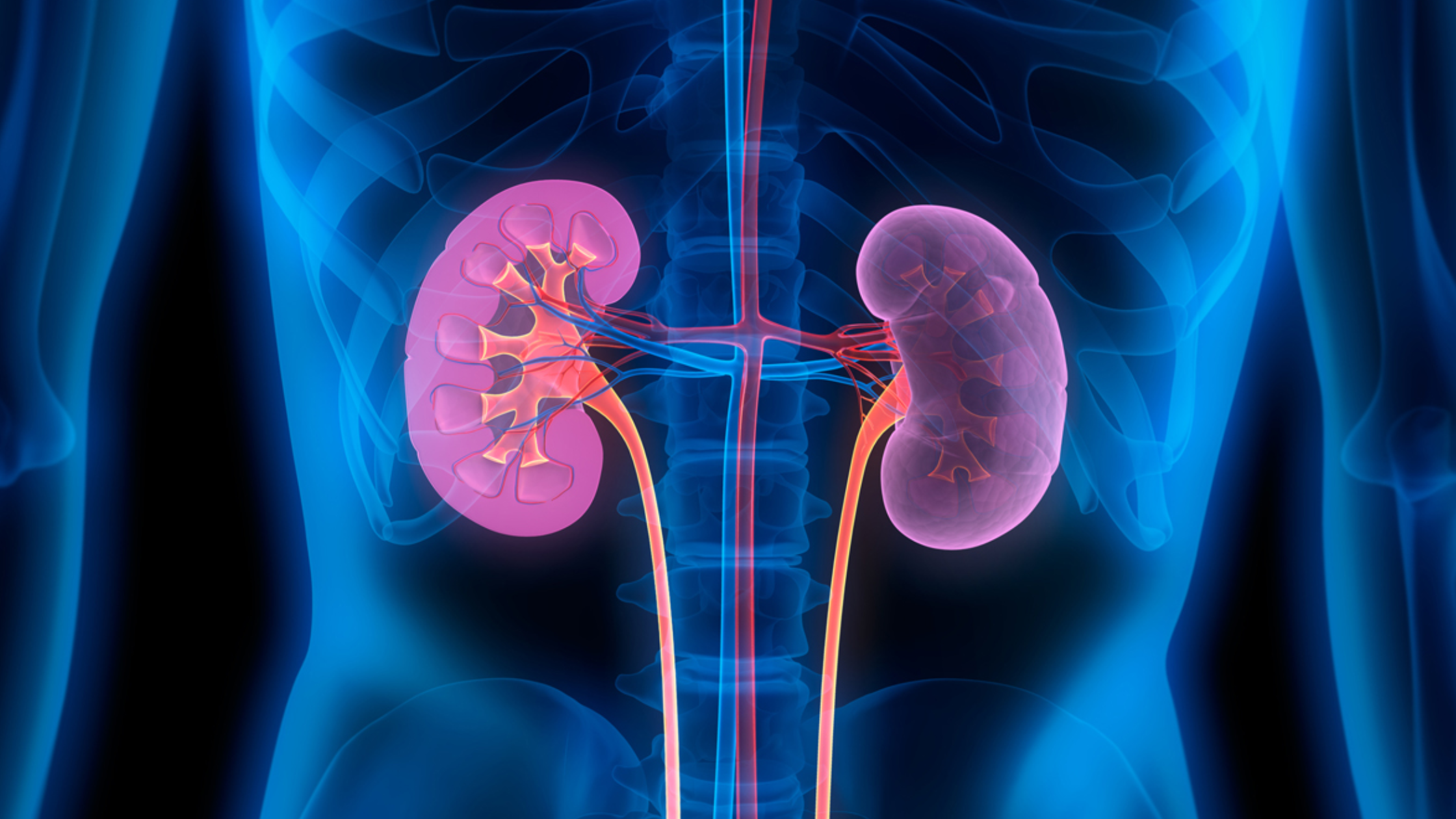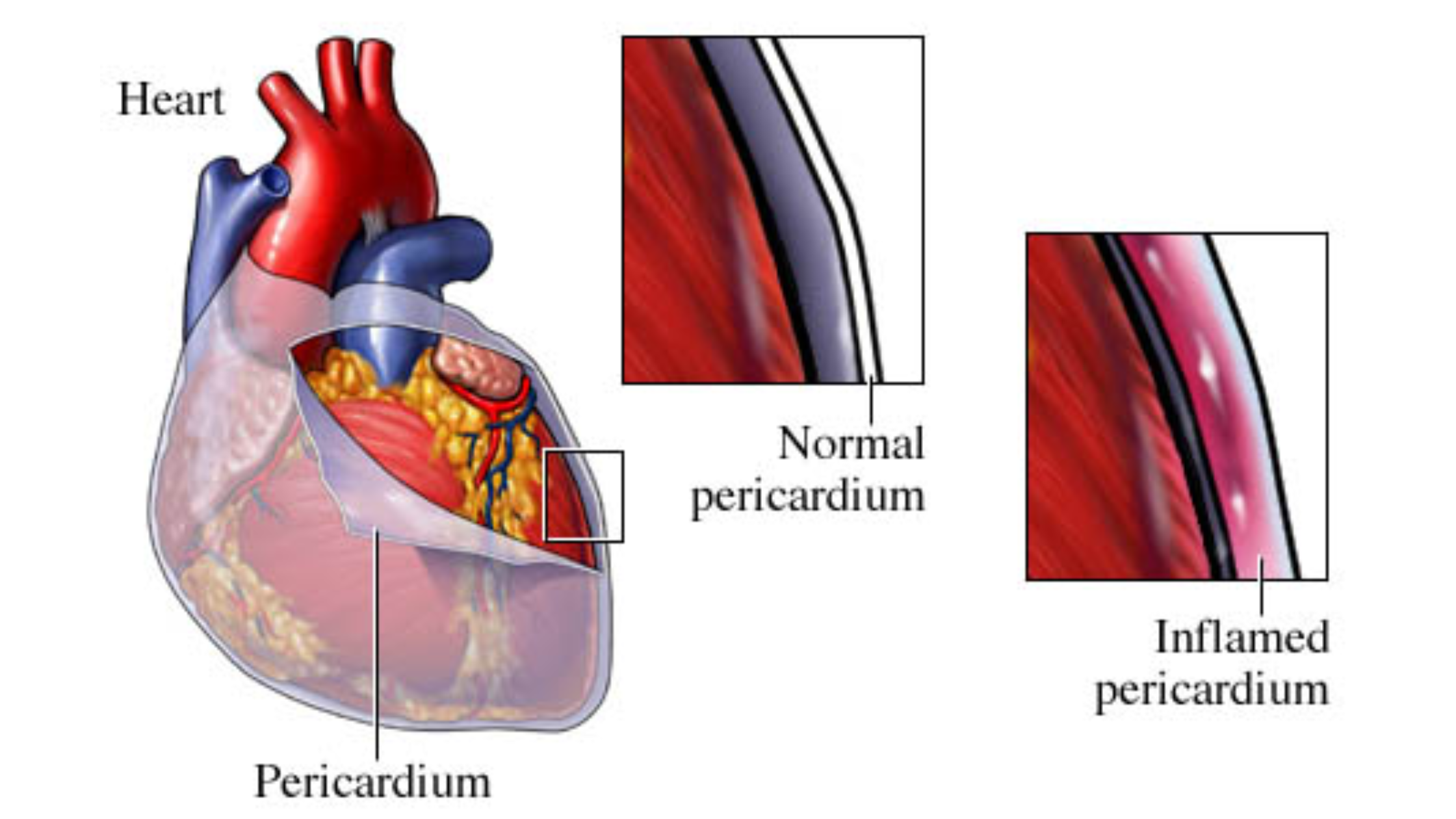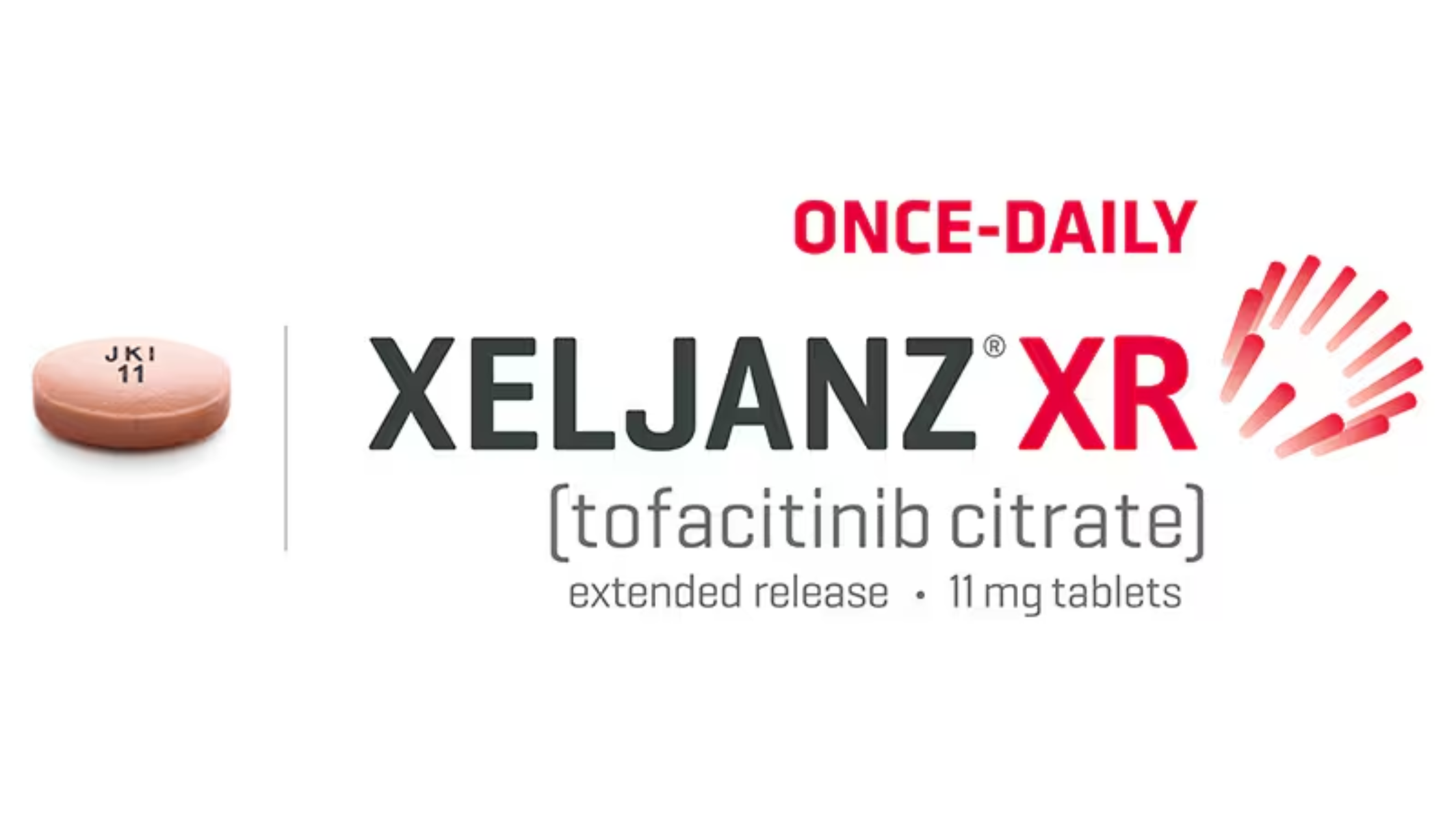How does Farxiga help kidneys? Farxiga helps kidneys by removing glucose and sodium, relieving filtration pressure, lowering blood pressure, and ultimately slowing kidney decline and reducing the risk of renal failure. This protection is independent of blood sugar control and backed by high‑quality clinical evidence.
Farxiga (generic name: dapagliflozin) is part of the SGLT2 inhibitor class of drugs originally used for type 2 diabetes. However, clinical trials and regulatory approvals (FDA, EMA) have confirmed that it directly protects kidney function, even in patients without diabetes.
Mechanisms of Farxiga Kidney Protection
- Reduces glucose and sodium reabsorption
Farxiga blocks the SGLT2 transporter in the renal proximal tubule. This stops about 90 % of filtered glucose and associated sodium from being reabsorbed, resulting in their excretion in urine.
→ Effect: Lowers blood sugar and eases the kidneys’ reabsorption workload. - Decreases intraglomerular pressure (hyperfiltration)
The loss of sodium and fluid leads to mild diuresis and natriuresis, which reduce pressure in the kidney’s filtering units (glomeruli). This helps slow down structural damage over time. - Lowers blood pressure and reduces volume stress
Osmotic diuresis from increased sodium and glucose loss decreases blood volume, lowering systemic and renal blood pressure, further reducing kidney strain. - Slows CKD progression and reduces kidney failure risk
Clinical trials (notably DAPA‑CKD) demonstrated that Farxiga significantly delays major kidney events:- Reduces sustained eGFR decline
- Lowers the risk of end-stage renal disease (ESRD)
- Decreases renal or cardiovascular death, even in non-diabetics, Farxiga.com
- Potential anti-inflammatory and anti-fibrotic effects
Early studies suggest Farxiga may help reduce inflammation and fibrosis in kidney tissue, though this is still being investigated.
Key Takeaways
Farxiga protects the kidneys through a combination of:
- Metabolic relief: Enhances glucose excretion → lowers blood sugar and tubular strain
- Hemodynamic relief: Promotes sodium/fluid loss → reduces intraglomerular pressure
- Clinical outcomes: Slows CKD progression, lowers ESRD risk, improves CV and renal survival in trials
These effects are supported by robust evidence from major trials and recognized in guidelines, making Farxiga a first-line therapy for most CKD patients (with eGFR ≥ 25 mL/min/1.73 m²).
Your Considerations
- Not suitable for eGFR < 25 mL/min, or certain kidney-specific conditions (e.g., polycystic kidney disease).
- May cause volume depletion, urinary/genital infections, rare ketoacidosis—monitor hydration, renal function, and symptoms.




